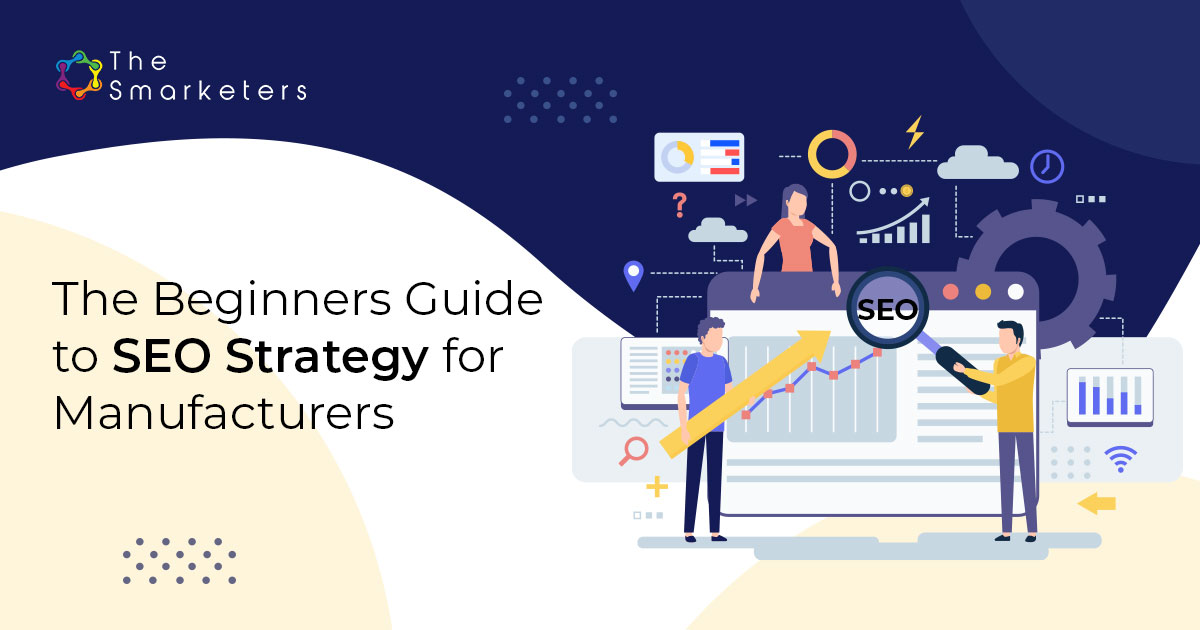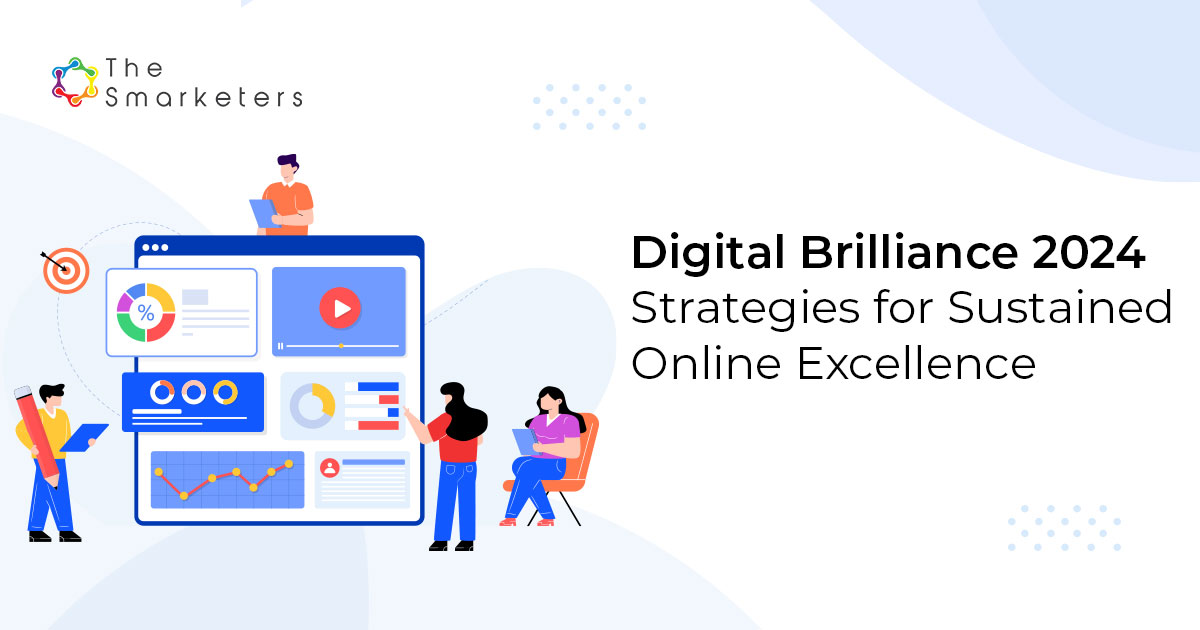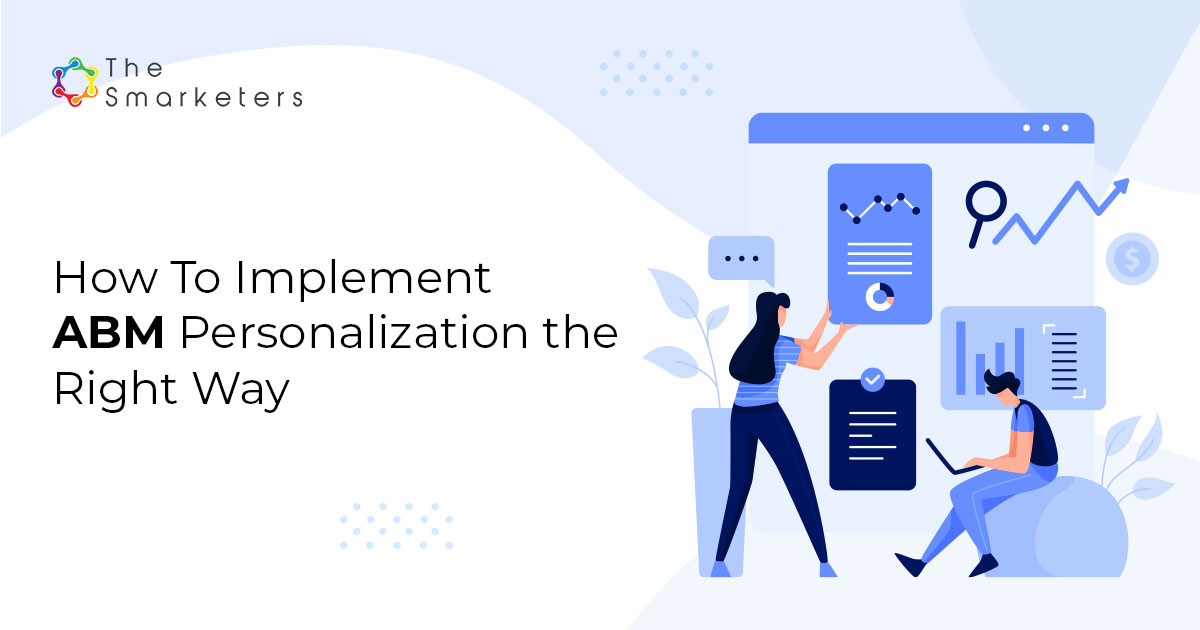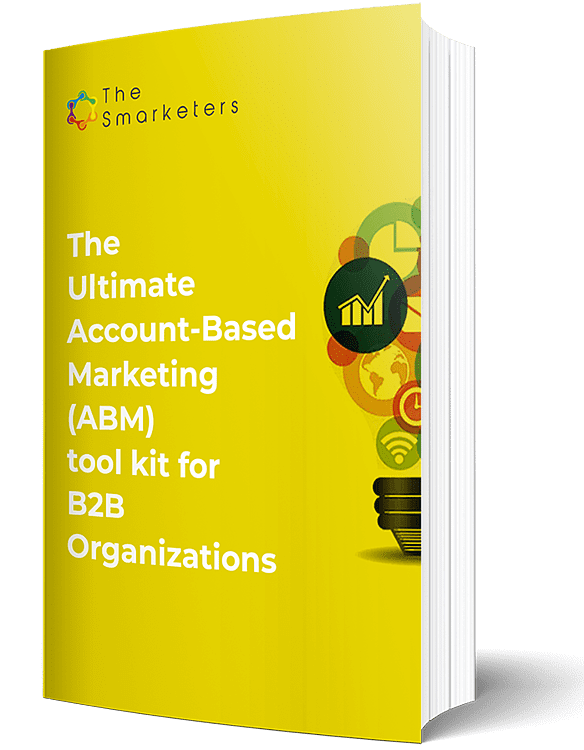Manufacturers have long been aware of the importance of marketing. However, in recent years, inbound marketing has revolutionized how manufacturers approach their marketing strategies.
The most sales-worthy leads are generated through inbound channels. Manufacturing marketers reported the highest volume of sales leads originating from digital channels, with digital marketing accounting for 62% of leads, followed by social media at 58%.
The numbers highlight the significant impact of inbound marketing strategies in driving sales for manufacturing businesses.
But where does inbound marketing analytics fit in the picture?
Read on to learn how manufacturers can leverage inbound marketing analytics to amplify the impact of their marketing campaigns.
What is Inbound Marketing Analytics for Manufacturers?
Inbound marketing analytics is a powerful tool for manufacturers to track and measure the success of their marketing efforts, allowing them to make informed decisions about their marketing strategy.
By implementing a comprehensive approach, manufacturers can understand customer interactions, preferences, and buying habits, optimizing marketing strategies to reach their target audience effectively.
Leveraging inbound marketing analytics enables manufacturers to identify the most impactful marketing channels, refine their brand voice, and create a compelling inbound marketing strategy. This data-driven approach helps manufacturers determine the effectiveness of different channels and aids in crafting a persuasive brand message.
Furthermore, inbound marketing analytics provides manufacturers with invaluable insights necessary for generating continuous improvement. By continuously analyzing data, manufacturers can refine their marketing tactics, enhance their branding message, and develop a robust inbound marketing strategy that ensures successful engagement with their desired audience.

Inbound Marketing Metrics – Why is it Important?
The effectiveness of your marketing strategies relies heavily on inbound marketing metrics. Analyzing parameters like website traffic, conversion rates, and customer acquisition costs gives you crucial insights into your audience’s behavior and preferences. This data-driven approach enables you to create personalized campaigns, drive engagement, retain customers, and increase ROI. Inbound marketing metrics are the key to making informed decisions that propel your business to new heights.
How To Measure Your Inbound Marketing Metrics?
When it comes to inbound marketing for manufacturers, it is essential to track key metrics to ensure success. Here are a few crucial metrics to monitor and measure:
- Website Traffic
How to measure: Use tools like Google Analytics to track and measure overall page views, unique visitors, and bounce rate. Dig deeper into these metrics to understand how long visitors are staying on your site (session duration), the path they follow (user flow), and which pages are most viewed (top pages).
Additionally, monitor referral sources to identify which external sites and campaigns drive traffic. Analyze your organic search traffic to understand what keywords are leading users to your site, and measure social media traffic to evaluate the effectiveness of your social media marketing efforts.
Combine these metrics to comprehensively understand your website’s performance and strategize for future improvements.
- Conversion Rate
How to measure: The conversion rate is the percentage of website visitors who take a desired action, such as purchasing or engaging in activities such as requesting quotes, downloading product catalogs, or signing up for newsletters.
Measuring the conversion rate (or conversion ratio) involves calculating the percentage of individuals taking a desired action out of the total number of website visitors who had the opportunity to do so.
You can continuously track and analyze conversion rates using tools like Google Analytics or marketing automation platforms. These tools provide reports and insights on website and inbound campaign performance.
- Lead Generation
How to measure: One standard method is tracking and analyzing key metrics such as visitor-to-lead conversion rates, which quantify the percentage of website visitors who become leads. These leads could be identified when a visitor fills out a form, downloads an eBook, or subscribes to a newsletter.
Another critical metric is the lead-to-customer conversion rate, which signifies the proportion of leads that become paying customers.
By carefully studying these metrics, you can better understand their audience, refine their content strategy, and enhance their overall inbound marketing efforts to attract more qualified leads.
- Customer Engagement
How to measure: It involves tracking metrics such as site traffic, page views, click-through, and conversion rates. These quantitative measures give valuable insights into engagement levels.
However, it’s equally important to consider qualitative measures that provide direct feedback from your audience. This includes monitoring comment sections, reviews, and social media mentions. Additionally, measuring dwell time, which refers to the time spent on your website or specific pages, can indicate the effectiveness and engagement of your content.
Combining all these metrics gives you a holistic understanding of your audience’s engagement with your inbound marketing efforts.
- SEO Performance
How to measure: Monitor organic traffic, which reflects the volume of visitors from search engines. Analyze keyword rankings to gauge performance in search results.
Additionally, evaluate the click-through rate (CTR) of your search listings to determine content relevance. Conversion rates provide insight into the effectiveness of content in generating desired actions.
Evaluate bounce rates to identify if visitors aren’t finding expected content. Leverage tools like Google Analytics and SEO software for deeper user behavior insights.
- Email Marketing Metrics
How to measure: Start by tracking the open rate, which tells you the percentage of recipients who opened your email. This helps in determining the effectiveness of your subject line. Next, look at the click-through rate (CTR), indicating the proportion of viewers who clicked on a link within your email, thereby showing the effectiveness of your content and call to action.
The conversion rate measures the percentage of recipients who completed the desired action, such as purchasing or filling out a form. Lastly, the bounce rate indicates how many of your emails couldn’t be delivered, pointing to potential issues in your email list.
These metrics collectively provide deep insights into your email marketing performance, enabling you to refine your strategy for better engagement.
- Social Media Metrics
How to measure: Monitor crucial indicators like engagement (measured by likes, comments, and shares), reach (the number of people viewing your content), and click-through rates (CTR) on links.
Track the growth of your follower base to understand the growth of your online presence. Pay attention to conversion rates as they indicate how well your social media content drives desired outcomes, such as website visits or product purchases.
Use social media analytics tools to understand your audience’s demographics and behaviors better. Regular measurement and analysis of these metrics allow you to fine-tune your social media strategy and produce meaningful, data-driven content that appeals to your target audience and yields results.
- Sales Funnel Progression
How to measure: Track key metrics at each stage to measure progress. Start by monitoring the number of leads generated at the top. As leads progress, measure conversion rates as they move through stages such as consideration and intent.
Use CRM systems and analytics platforms to gain customer behavior insights. Implement lead scoring to prioritize prospects. Consistently measure these metrics and adjust marketing efforts to optimize sales funnel progression, ensuring a steady flow of qualified leads and boosting conversion rates and revenue.
Valuable content for each funnel stage is essential for facilitating progression.
- Cost Per Lead (CPL)
How to measure: To measure Cost Per Lead (CPL) in your inbound marketing, you initially need to calculate the total cost of your marketing efforts. This should include all expenses incurred to run the campaign, such as the cost of content production, use of marketing tools, and employee salaries.
The next step would be to divide this total cost by the number of leads generated during the same period. The resulting figure is your CPL, which serves as a valuable metric to evaluate the cost-effectiveness of your inbound marketing strategy.
A lower CPL signifies a higher return on investment, indicating that you’re successfully attracting leads without overspending. Conversely, a high CPL might trigger the need for strategic adjustments to ensure a reasonable balance between costs and results.
- Return on Investment (ROI)
How to measure: Calculate ROI by subtracting total inbound marketing costs from revenue generated, dividing by total cost, and multiplying by 100 for a percentage.
Track revenue from inbound marketing using tools like Google Analytics or CRM systems. Differentiate revenue from other sources.
Assess long-term impact by considering customer lifetime value (LTV) from inbound efforts. Regularly analyze these metrics to optimize marketing strategies for a positive ROI. Generate insightful content that resonates with your target audience to maximize ROI, as it directly impacts lead generation and conversion rates.
Wrapping Up
Manufacturers have unique marketing needs. Inbound marketing analytics is a powerful tool that can help manufacturers optimize their marketing strategy and maximize their return on investment. Manufacturers can better understand their target audience and create more effective campaigns by leveraging the right tools and strategies.
But how to gain desired results from your inbound marketing strategies?
An inbound marketing agency like The Smarketers can help.
Our team of experts at The Smarketers is committed to ensuring the success of your business in B2B marketing. We partner with companies from diverse industries, employing targeted and creative strategies such as account-based marketing and inbound marketing to attract and convert high-quality leads.
Our comprehensive approach, deep industry knowledge, and innovative techniques enable us to deliver measurable results and drive sustainable growth for your business.
Contact us today and elevate your marketing efforts!












